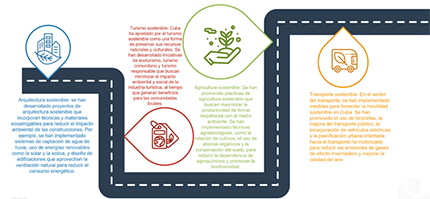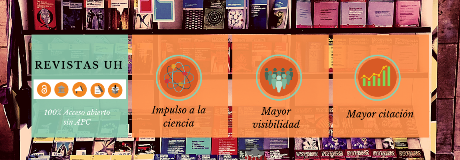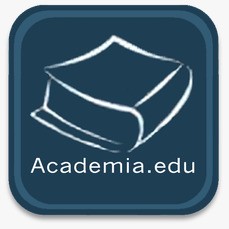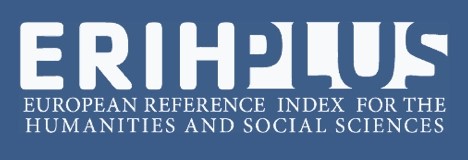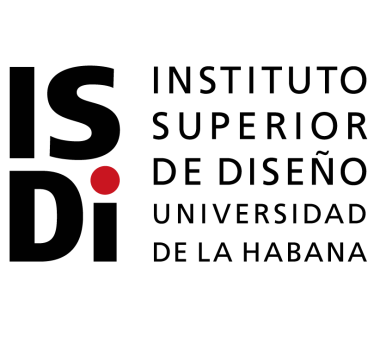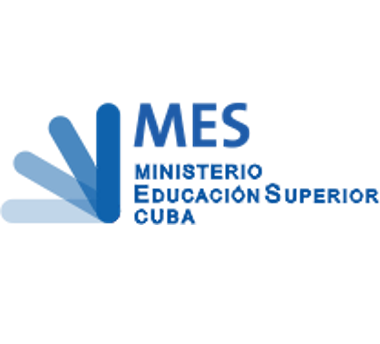Design management, sustainable design and the food industry in Cuba
##plugins.themes.bootstrap3.article.main##
Abstract
In this article, we investigated how the relationship between design management and sustainable design can drive the development of the food industry, focusing on the identification of key variables using the MICMAC method. It explored how the integration of design management and sustainable design can have a positive impact on the development of the food chain. A detailed analysis of the variables that influence this relationship was presented using the MICMAC method, which allows the variables to be classified according to their level of influence and dependence. The results obtained provided valuable information to design effective strategies that promote sustainability in the food industry.
##plugins.themes.bootstrap3.article.details##
As of Volume 11, Issue. 21, corresponding to the year 2024, this CC BY-NC 4.0 license replaces the one used in previous issues, namely CC BY-NC-SA 4.0

This work is licensed under a Creative Commons Attribution-NonCommercial 4.0 International License.
- Attribution — You must give appropriate credit , provide a link to the license, and indicate if changes were made . You may do so in any reasonable manner, but not in any way that suggests the licensor endorses you or your use.
- NonCommercial — You may not use the material for commercial purposes .
- No additional restrictions — You may not apply legal terms or technological measures that legally restrict others from doing anything the license permits.
- ShareAlike — If you remix, transform, or build upon the material, you must distribute your contribution under the same license as the original. NOTE: This point applies to numbers 1 to 20 of the magazine with the previous CC-BY-NC-SA 4.0 license. Does not apply to the new CC BY-NC 4.0 license from Volume 11, Number. 21 (2024).
References
Autrement, L. P. (2010). Recuperado de http://es.laprospective.fr/Metodos-de-prospectiva/Los-programas/67-Micmac.html.
Cuba, P. d. (2021). Informe nacional voluntario de la República de Cuba. La Habana : Empresa de Artes Gráficas Federico Engels.
Font-Jay, L. (2020). “Desarrollo sostenible en Cuba”. Universidad de Oriente, Santiago de Cuba, Cuba.
Hernández Torres, D. & Figueroa Núñez, J. "Las Mipymes en Cuba y su marco jurídico: ¿Qué deben conocer los empresarios?". Recuperado de https://conabi.cu/blog/las-mipymes-en-cuba-y-su-marco-juridico-que-deben-conocer-los-empresarios.
ONU. (2024). Objetivos de desarrollo sostenible. Recuperado de https://www.un.org/sustainabledevelopment/es/.
Oropesa-Casanova, K., Wencomo-Cárdenas, H. B., Miranda-Tortoló, T. & Lezcano-Fleires, J. C. (2021). "Sustentabilidad de los sistemas productivos en Cuba desde un enfoque multifactorial". Pastos y forrajes, 44. Estación experimental de pastos y forrajes Indio Hatuey, Universidad de Matanzas, Ministerio de Educación Superior. Recuperado de http://scielo.sld.cu/scielo.php?script=sci_abstract&pid=S0864-03942021000100008.
Rubio Rodríguez, M. A., Feitó Cespón, M. & Cespón Castro, R. (2015). "Modelos de optimización para el diseño sostenible de cadenas de suministros de reciclaje de múltiples productos". Ingeniare. Revista chilena de ingeniería, 24(1). Recuperado de https://www.scielo.cl/scielo.php?pid=S0718-33052016000100013&script=sci_arttext.
Solfa, F. d. G., Lagunas, F. E. & Lasala, A. I. (2011). "Diseño sustentable: la industria, los consumidores y los profesionales del diseño industrial en el desarrollo de productos y en la preservación del medio ambiente". Illes Balears: Universitat de le Illes Balears. Recuperado de https://philarchive.org/rec/DELDSL-6.

